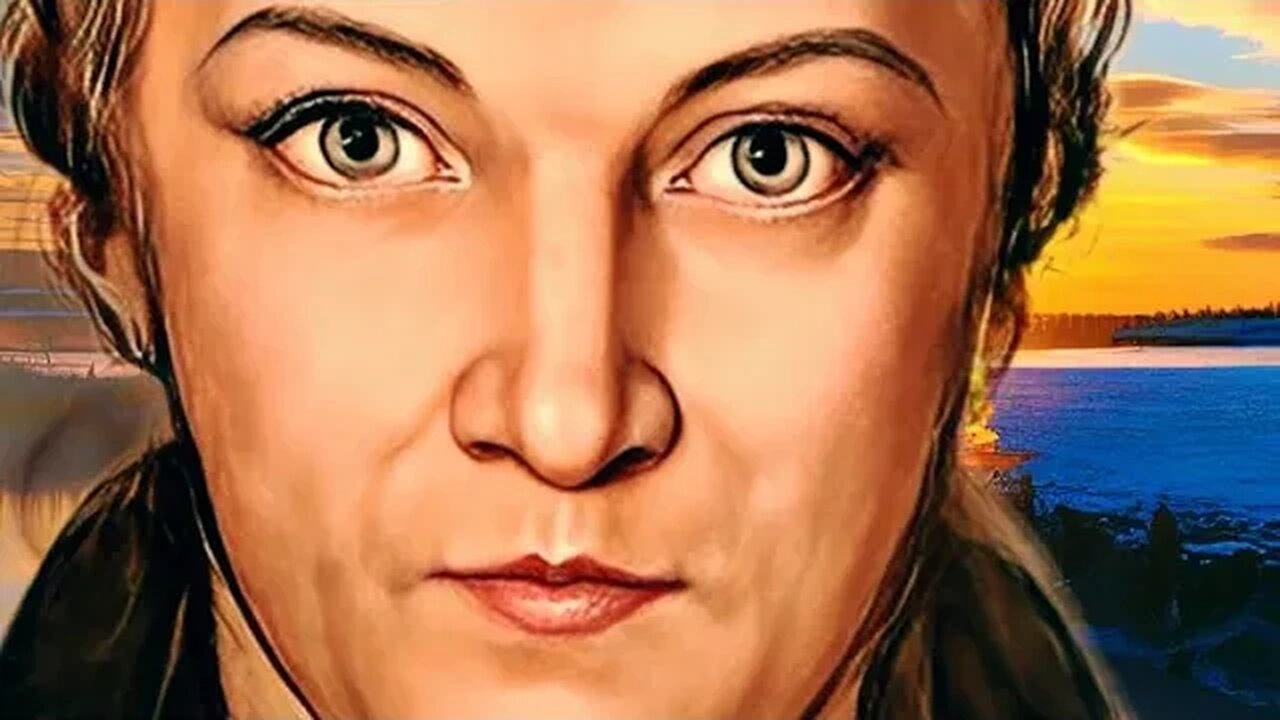Premium Only Content

William Blake: Doors Of Perception
William Blake was a 19th-century writer and artist who is regarded as a seminal figure of the Romantic Age. His writings have influenced countless writers and artists through the ages.
Who Was William Blake?
William Blake began writing at an early age and claimed to have had his first vision, of a tree full of angels, at age 10. He studied engraving and grew to love Gothic art, which he incorporated into his own unique works. A misunderstood poet, artist and visionary throughout much of his life, Blake found admirers late in life and has been vastly influential since his death in 1827.
Early Years
William Blake was born on November 28, 1757, in the Soho district of London, England. He only briefly attended school, being chiefly educated at home by his mother. The Bible had an early, profound influence on Blake, and it would remain a lifetime source of inspiration, coloring his life and works with intense spirituality.
At an early age, Blake began experiencing visions, and his friend and journalist Henry Crabb Robinson wrote that Blake saw God's head appear in a window when Blake was 4 years old. He also allegedly saw the prophet Ezekiel under a tree and had a vision of "a tree filled with angels." Blake's visions would have a lasting effect on the art and writings that he produced.
The Young Artist
Blake's artistic ability became evident in his youth, and by age 10, he was enrolled at Henry Pars' drawing school, where he sketched the human figure by copying from plaster casts of ancient statues. At age 14, he apprenticed with an engraver. Blake's master was the engraver to the London Society of Antiquaries, and Blake was sent to Westminster Abbey to make drawings of tombs and monuments, where his lifelong love of gothic art was seeded.
Also around this time, Blake began collecting prints of artists who had fallen out of vogue at the time, including Durer, Raphael and Michelangelo. In the catalog for an exhibition of his own work in 1809, nearly 40 years later, in fact, Blake would lambast artists "who endeavour to raise up a style against Rafael, Mich. Angelo, and the Antique." He also rejected 18th-century literary trends, preferring the Elizabethans (Shakespeare, Jonson and Spenser) and ancient ballads instead.
The Maturing Artist
In 1779, at age 21, Blake completed his seven-year apprenticeship and became a journeyman copy engraver, working on projects for book and print publishers. Also preparing himself for a career as a painter, that same year, he was admitted to the Royal Academy of Art's Schools of Design, where he began exhibiting his own works in 1780. Blake's artistic energies branched out at this point, and he privately published his Poetical Sketches (1783), a collection of poems that he had written over the previous 14 years.
In August 1782, Blake married Catherine Sophia Boucher, who was illiterate. Blake taught her how to read, write, draw and color (his designs and prints). He also helped her to experience visions, as he did. Catherine believed explicitly in her husband's visions and his genius, and supported him in everything he did, right up to his death 45 years later.
The Move to Felpham and Charges of Sedition
In 1800, Blake accepted an invitation from poet William Hayley to move to the little seaside village of Felpham and work as his protégé. While the relationship between Hayley and Blake began to sour, Blake ran into trouble of a different stripe: In August 1803, Blake found a soldier, John Schofield, on the property and demanded that he leave. After Schofield refused and an argument ensued, Blake removed him by force.
Later Years
In 1804, Blake began to write and illustrate Jerusalem (1804-20), his most ambitious work to date. He also began showing more work at exhibitions (including Chaucer's Canterbury Pilgrims and Satan Calling Up His Legions), but these works were met with silence, and the one published review was absurdly negative.
In 1819, however, Blake began sketching a series of "visionary heads," claiming that the historical and imaginary figures that he depicted actually appeared and sat for him. By 1825, Blake had sketched more than 100 of them, including those of Solomon and Merlin the magician and those included in "The Man Who Built the Pyramids" and "Harold Killed at the Battle of Hastings"; along with the most famous visionary head, that included in Blake's "The Ghost of a Flea."
Death and Legacy
In the final years of his life, Blake suffered from recurring bouts of an undiagnosed disease that he called "that sickness to which there is no name." He died on August 12, 1827, leaving unfinished watercolor illustrations to Bunyan's Pilgrim's Progress and an illuminated manuscript of the Bible's Book of Genesis. In death, as in life, Blake received short shrift from observers, and obituaries tended to underscore his personal idiosyncrasies at the expense of his artistic accomplishments.
-
 0:52
0:52
Literati
1 year ago $0.01 earnedTrue Happiness Is…
78 -
 2:15:10
2:15:10
TimcastIRL
4 hours agoTrump Admin Hints At CRIMINAL CHARGES For Fauci In BOMBSHELL Report w/Angry Cops | Timcast IRL
137K83 -
 LIVE
LIVE
SpartakusLIVE
6 hours agoDuos w/ GloryJean || Friday Night HYPE w/ The MACHINE
186 watching -
 3:47:23
3:47:23
Nerdrotic
8 hours ago $2.55 earnedFantastic 4 HER! Daredevil BORE Again SUCKS! Disney Star Wars is DESPERATE | FNT Vegas 350
119K17 -
 5:21:14
5:21:14
MyronGainesX
22 hours ago $1.73 earnedFormer Fed Explains FSU Shooting, Charlie Kirk vs Groyper Debate!
63K23 -
 1:03:22
1:03:22
IsaacButterfield
6 hours ago $0.11 earnedKaty Perry in Space?! Trans Women Law Controversy & Lizzo's Weight Loss Shocks Fans!
15.1K1 -
 LIVE
LIVE
Sm0k3m
3 hours agogaming night
50 watching -
 LIVE
LIVE
I_Came_With_Fire_Podcast
11 hours agoHOUTHIS & CHINA | MURDERER MERCH STORE | TRUMP SICK OF WAITING
645 watching -
 1:09:15
1:09:15
Keepslidin
1 hour ago $0.01 earnedIRL GAMBLING & GIVING PEOPLE MONEY WHEN THEY WIN
7.59K3 -
 LIVE
LIVE
Eternal_Spartan
12 hours agoLive at 9pm Central | Halo 3 & Halo Firefight! Come Hang out with a USMC Vet and join the best chat!
187 watching